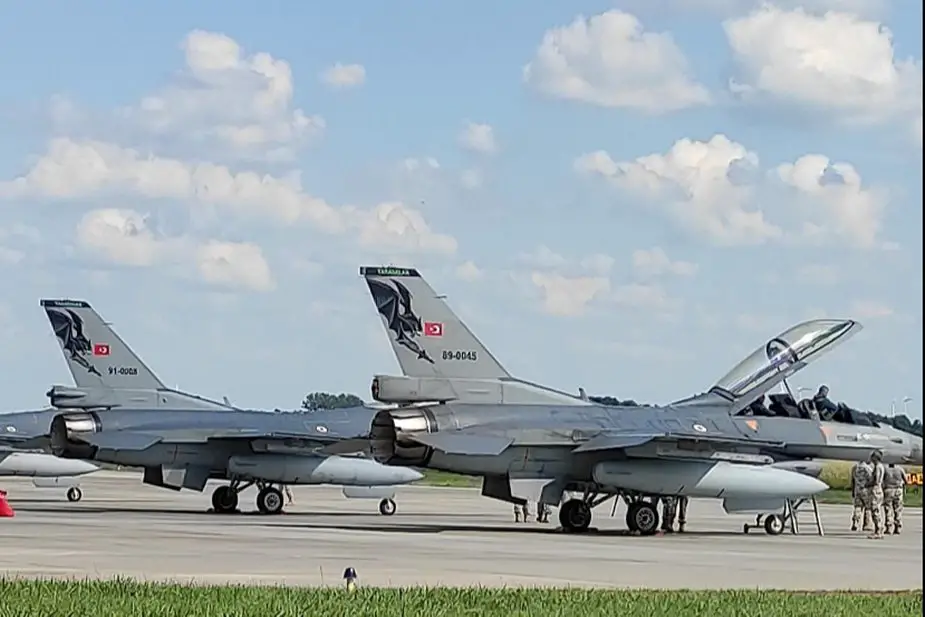Breaking news
Turkish Air Force detachment joins NATO in Poland.
According to information published by NATO on July 7, 2021, four Turkish Air Force F-16s from 6th Main Jet Base at Bandırma touched down at Malbork Air Base in Poland.
Follow Air Recognition on Google News at this link
 Turkish Air Force F-16 fighters at Malbork Air Base, Poland (Picture source: NATO)
Turkish Air Force F-16 fighters at Malbork Air Base, Poland (Picture source: NATO)
An 80-strong Turkish Air Force detachment operates the fighters from Malbork until mid-September in support of NATO's Air Policing mission in the region. This is the second time, the Turkish Air Force contributes fighter jets to NATO Air Policing in the region, and the first deployment to Malbork, Poland.
This third Air Policing detachment in the region – in addition to the Spanish Air Force at Šiauliai, Lithuania, and the Italian Air Force at Ämari, Estonia – is an uptake of additional aircraft offers made by the Allies. The deployment of another additional fighter detachment to Malbork, POL, takes place under the auspices of the existing NATO enhanced Air Policing posture introduced in 2014. The deployment underlines the solidarity and cohesion among NATO Allies and the collective commitment to deterrence and defence.
Sixty years after introducing the enduring NATO Air Policing mission, deployments like that of the Turkish F-16s to Malbork show our readiness and responsiveness and NATO's continuing air agility, capability and adaptation.
Three Allies from the south – Spain, Italy and Turkey – are supporting NATO's Baltic Air Policing in the north demonstrating Alliance cohesion and solidarity. Deployed in the Baltic region, they will work with each other and the hosting air forces to enhance cooperation and interoperability.
The F-16 is a single-engine, highly maneuverable, supersonic, multi-role tactical fighter aircraft. It is much smaller and lighter than its predecessors but uses advanced aerodynamics and avionics, including the first use of a relaxed static stability/fly-by-wire (RSS/FBW) flight control system, to achieve enhanced maneuver performance.
New-production F-16s include advanced capabilities, such as the APG-83 AESA Radar, modernized cockpit with new safety features, advanced weapons, conformal fuel tanks, an improved performance engine, and an industry-leading extended structural service life of 12,000 hours. But most importantly, new F-16s also include the proven, life-saving Automatic Ground Collision Avoidance System (Auto GCAS), which ensures pilots come home safe.



















